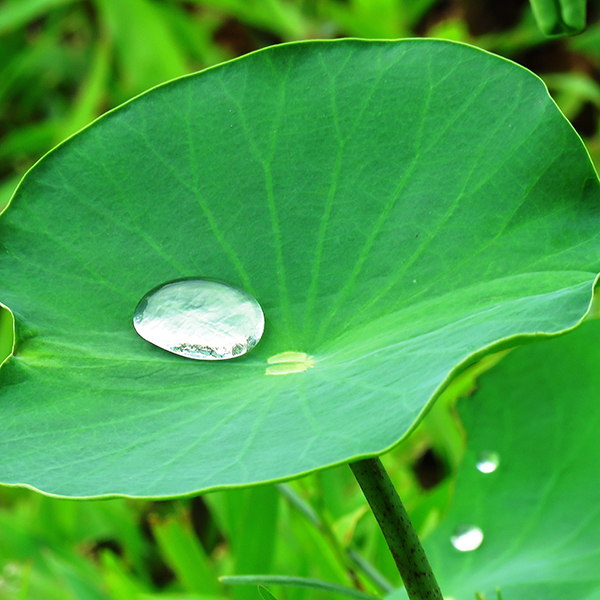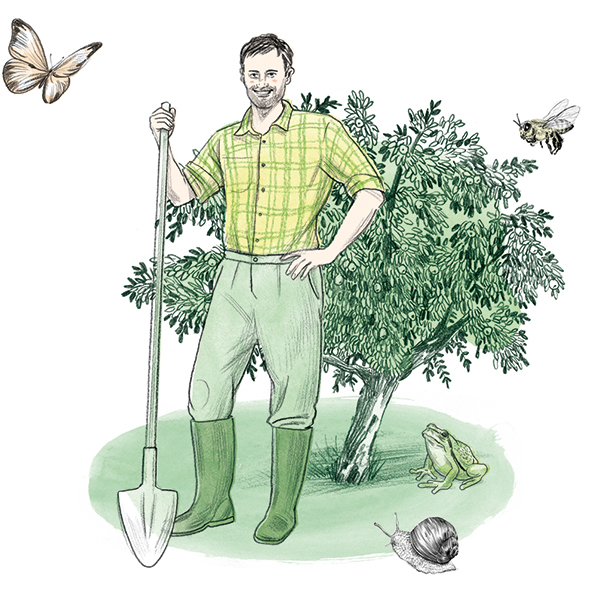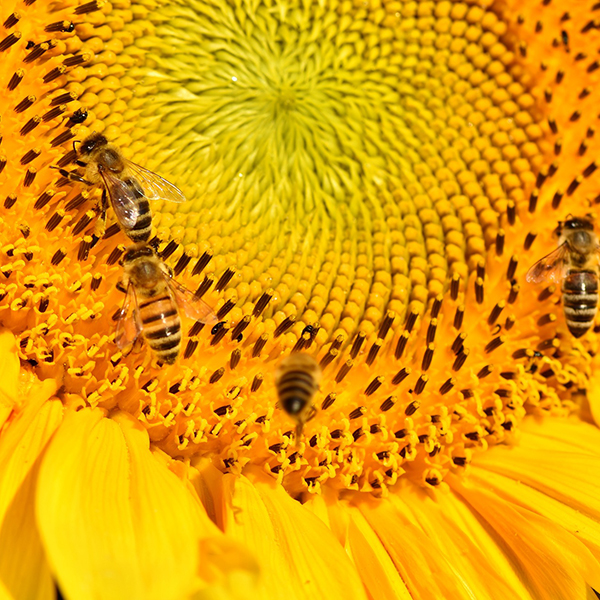Biodiversity
The secret to a healthy, vibrant, life-filled garden is to provide the right environments to draw in the multitude of insects and animals that live close by.
Attracting this abundance and variety of life, or biodiversity, into your garden is easy - here are some ideas for you to try:

- Create lots of different homes or habitats in your garden. If you provide the right conditions, nature will move in. Even a small pond will make a big difference to the number of different insect species that you’ll spot. Piling up logs or stones will provide damp shade for frogs and toads. Planting small trees and shrubs will provide the cover that birds need to feel safe. And there are all sorts of different bird, bat and bug homes you can buy or make for your garden friends.
- Once you’ve expanded the number of habitats in your garden you then need to think about the kind of food your new residents will need. Some of the best butterfly plants you can introduce into your garden are Buddleia, Hebe, Red Valerian, Verbena and Wild Marjoram. Bees also need reliable sources of nectar too. Favourite bee-friendly plants are Foxgloves, Chives, Ivy, Comfrey, Crocus and flowering Mint. Birds need plentiful food supplies too – they’ll feed on the increased insect life in your garden and enjoy the fruits and seeds from plants like Sunflowers, Serviceberries and Crab Apple trees.
- To encourage lots of different insects into your garden try not to tidy up too much, especially overwinter when many insects need somewhere safe to hibernate. Insects love squeezing into the hollow stems and seed heads of perennials or lodging under piles of leaves. The birds will enjoy eating the seed heads too.
- Rethink your relationship with weeds! Most of what gardeners call ‘weeds’ are usually beneficial plants for wildlife. Bees love dandelions and butterflies love nettles. In fact, the scruffy patch of ‘weeds’ around the back of your shed will be where most of your garden’s biodiversity is found. So, put away the herbicides and welcome in your weeds. Not only are nettles a useful butterfly food, but you can also put them in your compost heap as an activator, make a plant feed or greenfly spray with them, and make a deliciously nutritious soup in spring.
- Consider leaving some of your lawn to grow long in the spring and summer. You can buy flowering lawn seed mixes that have some lovely grasses and wildflowers that will look wonderful and attract insects and small animals – far more interesting than short mown grass that doesn’t offer a helpful home to anyone.


- Try to avoid using chemical sprays to kill the insects in your garden. A biodiverse garden generally has fewer problems with pests as all the beneficial insects and birds help to keep problem insects under control. If you provide a suitable overwintering home for ladybirds then in the spring there will be plenty of ladybird larvae in your garden and their favourite food is greenfly! You can also control outbreaks of greenfly with a regular soapy water spray made from an eco-washing up liquid.
- Collect rainwater to use on your plants and to top up your pond in the summer months.
- And don’t forget to make time to enjoy your garden and all the newly arrived wildlife that you’ve welcomed in!
Read more about Weleda's commitment to biodiversity

